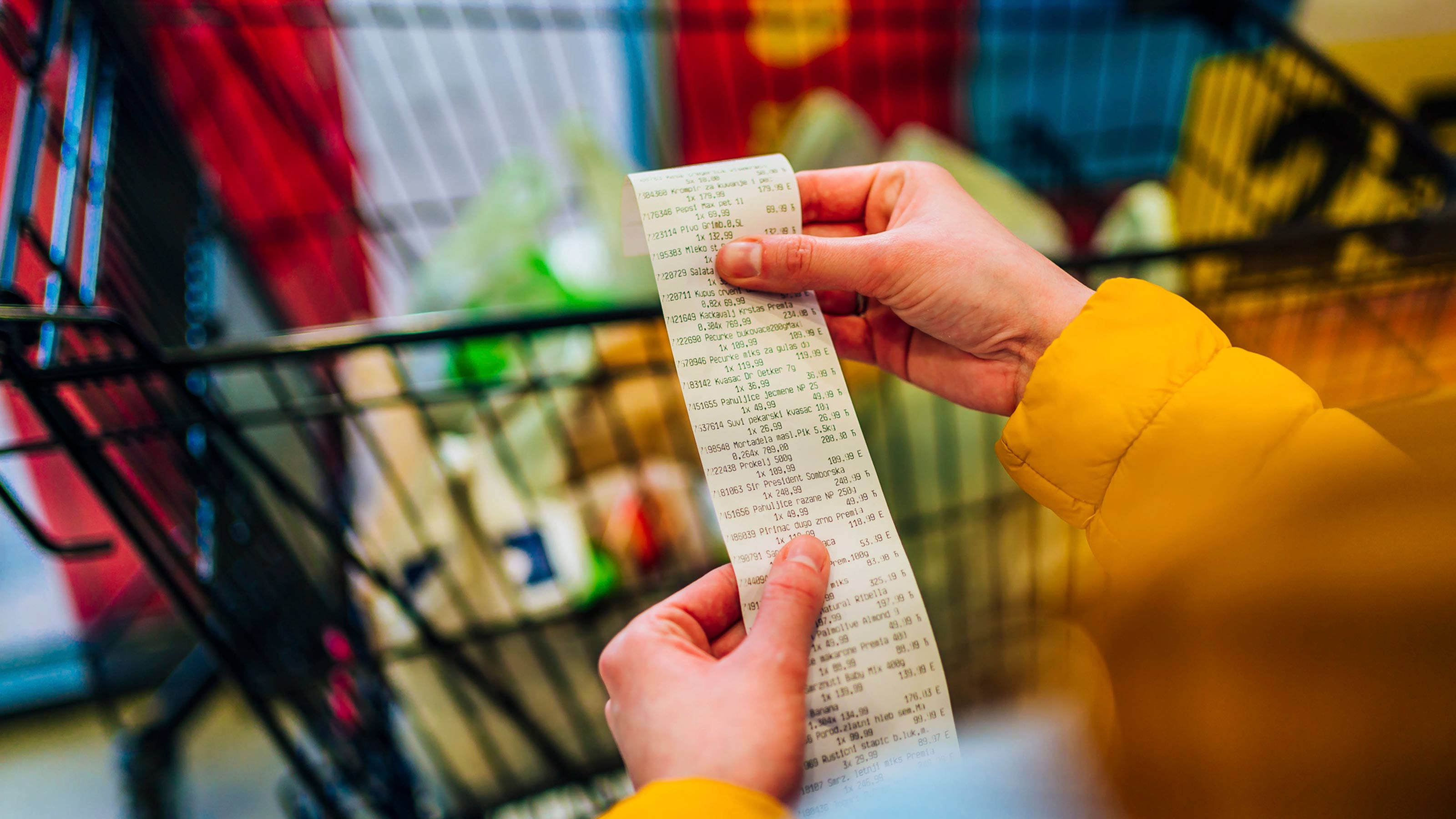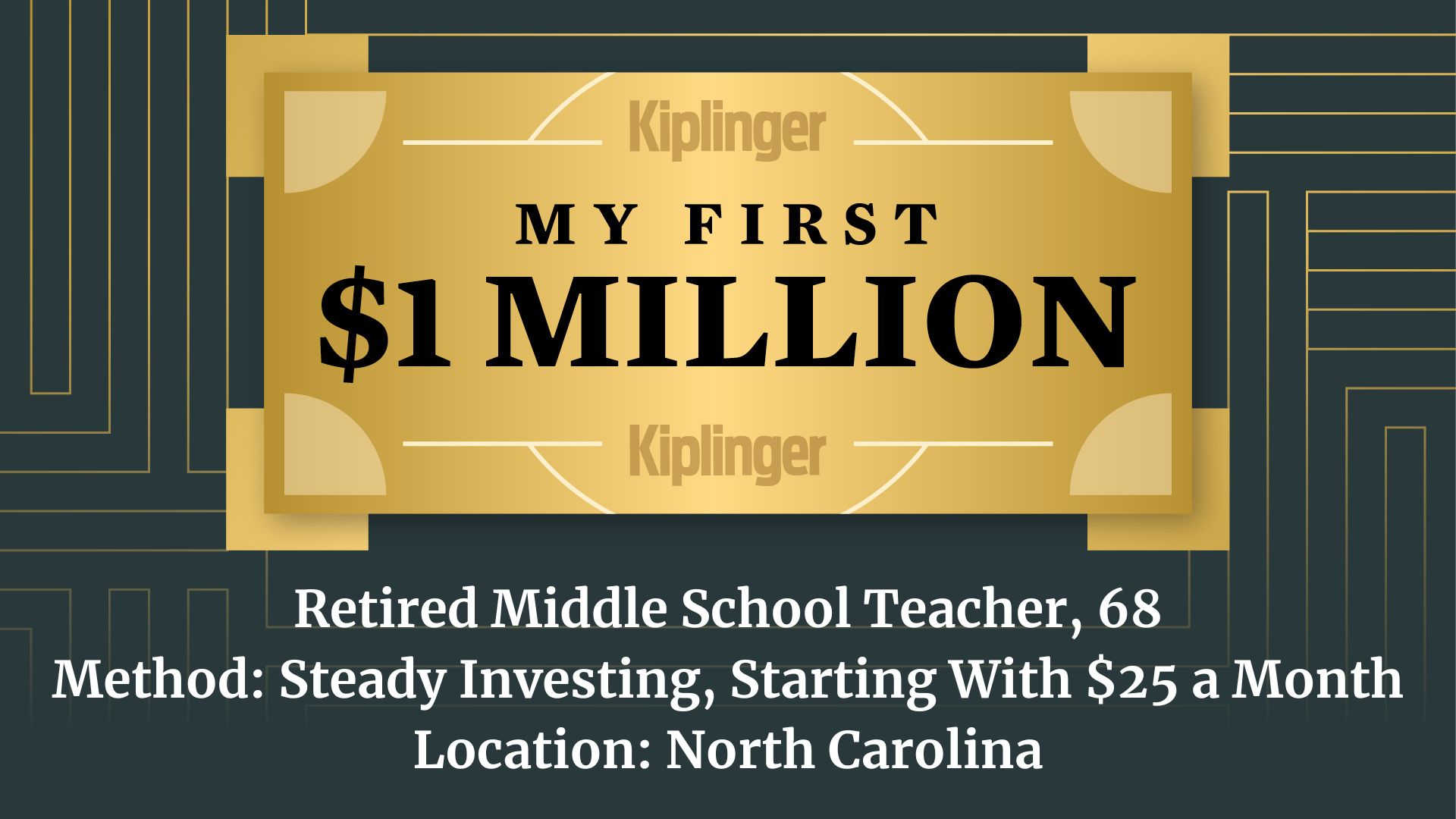Three Ways to Spend Less on Groceries This Year
More of us are looking to spend less on groceries this year, as tariffs affect food bills. Here are three smart ways to keep grocery costs down.







It’s always a good time to get a good deal. But as tariffs take effect on some imported goods — and as the Trump administration continues to negotiate tariffs with other countries — you may be especially interested right now in how you can save money while you shop.
Kiplinger Personal Finance Magazine has taken the time to assess how you can find deals this year on investments, groceries, electronics, clothing, cars and travel, as well as how to take advantage of credit card perks — with a special emphasis on finding deals for products and services most prone to rising prices as the trade war evolves. In this article, we look at deals on groceries. (See below to find links to our other articles about deals.)
Egg prices grabbed headlines earlier this year when they shot up because of an avian flu outbreak, but prices on many other grocery items have risen, too.
From just $107.88 $24.99 for Kiplinger Personal Finance
Become a smarter, better informed investor. Subscribe from just $107.88 $24.99, plus get up to 4 Special Issues

Sign up for Kiplinger’s Free Newsletters
Profit and prosper with the best of expert advice on investing, taxes, retirement, personal finance and more - straight to your e-mail.
Profit and prosper with the best of expert advice - straight to your e-mail.
U.S. food prices increased by 23.6% from 2020 to 2024, according to the U.S. Department of Agriculture’s Economic Research Service.
You can use apps and websites such as Flipp and Flashfood to save money at the grocery store, says Phil Lempert, food-marketing expert and founder of SupermarketGuru.com, a food-industry website.
With Flipp, you can enter your ZIP code to see digital versions of weekly circulars from nearby supermarkets. You can also use Flipp to add coupons directly to your account with the loyalty programs of some stores.
With Flashfood, stores including Giant, Giant Eagle and Meijer offer discounts of up to 50% on meat, produce and other items that are nearing their sell-by dates.
And through the Ibotta app, you can get cash back on certain items purchased at many grocers.
Lempert also recommends shopping at discount food chains such as Aldi and Trader Joe’s. You may save up to 30% on purchases at these stores compared with other supermarkets, he says.
In addition, consider buying store-brand versions of foods, which may cost 20% to 30% less than name brands.
The right credit card can help you save at the grocery store and earn rewards on dining out. See Kiplinger’s top credit card picks for groceries and food, powered by Bankrate. Advertising disclosure.
Take advantage of your supermarket's rewards program
If you’re a member of your grocer’s loyalty program, you may get discounts on certain purchases or collect points that you can redeem for groceries, gas or other items.
Albertsons, which owns Safeway, Vons and Jewel-Osco, has a free program that offers one point for every $1 you spend on groceries. Every 100 points you earn is worth a $1 discount at checkout or a 10-cent discount on fuel at participating gas stations.
After you sign up for Kroger’s free rewards program, you’ll get access to weekly specials and sales, and you can clip coupons through your digital account with Kroger.
Plus, collect one point for every dollar you spend on groceries and general merchandise at the store; points are exchangeable for discounts on fuel at participating gas stations.
Join a CSA
If you buy a lot of fruit and vegetables, signing up for a community-supported agriculture program may be a cost-effective way to get your produce.
With a CSA, you buy a share of a local farm’s harvest. In return for an annual membership fee, which may run a few hundred dollars, you’ll get a variety of fresh produce weekly or biweekly from the farm throughout the harvest season.
You can search for a CSA near you with the U.S. Department of Agriculture’s local directory and at LocalHarvest.org.
Note: This item first appeared in Kiplinger Personal Finance Magazine, a monthly, trustworthy source of advice and guidance. Subscribe to help you make more money and keep more of the money you make here.
Related content
- Valuable (and Fun) Things You Can Get for Free
- Smart Ways to Save Money at Museums
- How to Find Deals on Travel in 2025
- Don't Miss Out on These Four Credit Card Benefits
- Three Ways to Find Deals in Your Investments This Year
- How to Find Deals on Electronics Amid Tariffs
- Surprising Ways to Find Deals on Cars Despite Tariffs
- Strategies to Spend Less on Clothing and Online Shopping in 2025
Profit and prosper with the best of Kiplinger's advice on investing, taxes, retirement, personal finance and much more. Delivered daily. Enter your email in the box and click Sign Me Up.

Nellie joined Kiplinger in August 2011 after a seven-year stint in Hong Kong. There, she worked for the Wall Street Journal Asia, where as lifestyle editor, she launched and edited Scene Asia, an online guide to food, wine, entertainment and the arts in Asia. Prior to that, she was an editor at Weekend Journal, the Friday lifestyle section of the Wall Street Journal Asia. Kiplinger isn't Nellie's first foray into personal finance: She has also worked at SmartMoney (rising from fact-checker to senior writer), and she was a senior editor at Money.
-
 Holiday Tax Scams: 'Tis the Season to be Wary
Holiday Tax Scams: 'Tis the Season to be WaryTax Scams Navigating tax tricks of the holiday season may be daunting, but don't let that destroy your festive spirit
-
 Metro by T-Mobile Is Giving Away This Samsung Galaxy A16: Which Plans Are Eligible?
Metro by T-Mobile Is Giving Away This Samsung Galaxy A16: Which Plans Are Eligible?Metro by T-Mobile is offering free Samsung Galaxy A16 phones on eligible plans right now. Here’s how the deal works.
-
 I Drive and Collect Classic Cars: Here’s How I Got Started
I Drive and Collect Classic Cars: Here’s How I Got StartedAre classic cars a hobby or an investment strategy — or both? Either way, the vintage car scene is much cooler and more affordable than you think.
-
 Metro by T-Mobile Is Giving Away This Samsung Galaxy A16: Which Plans Are Eligible?
Metro by T-Mobile Is Giving Away This Samsung Galaxy A16: Which Plans Are Eligible?Metro by T-Mobile is offering free Samsung Galaxy A16 phones on eligible plans right now. Here’s how the deal works.
-
 I Drive and Collect Classic Cars: Here’s How I Got in the Game Without Spending a Fortune
I Drive and Collect Classic Cars: Here’s How I Got in the Game Without Spending a FortuneAre classic cars a hobby or an investment strategy — or both? Either way, the vintage car scene is much cooler and more affordable than you think.
-
 My First $1 Million: Retired Middle School Teacher, 68, North Carolina
My First $1 Million: Retired Middle School Teacher, 68, North CarolinaEver wonder how someone who's made a million dollars or more did it? Kiplinger's My First $1 Million series uncovers the answers.
-
 4 Financial To-Dos to Finish 2025 Strong and Start 2026 on Solid Ground
4 Financial To-Dos to Finish 2025 Strong and Start 2026 on Solid GroundDon't overlook these important year-end check-ins. Missed opportunities and avoidable mistakes could end up costing you if you're not paying attention.
-
 9 Types of Insurance You Probably Don't Need
9 Types of Insurance You Probably Don't NeedFinancial Planning If you're paying for these types of insurance, you may be wasting your money. Here's what you need to know.
-
 I'm an Insurance Pro: It's Time to Prepare for Natural Disasters Like They Could Happen to You
I'm an Insurance Pro: It's Time to Prepare for Natural Disasters Like They Could Happen to YouYou can no longer have the mindset that "that won't happen here." Because it absolutely could. As we head into 2026, consider making a disaster plan.
-
 The Future of Philanthropy Is Female: How Women Will Lead a New Era in Charitable Giving
The Future of Philanthropy Is Female: How Women Will Lead a New Era in Charitable GivingWomen will soon be in charge of trillions in charitable capital, through divorce, inheritance and their own investments. Here's how to use your share for good.
-
 The Retirement Donor's Checklist: Key Deadlines by Gift Type
The Retirement Donor's Checklist: Key Deadlines by Gift TypeRetirees have some charitable contribution options that can help avoid spikes in income from RMDS and capital gains.
